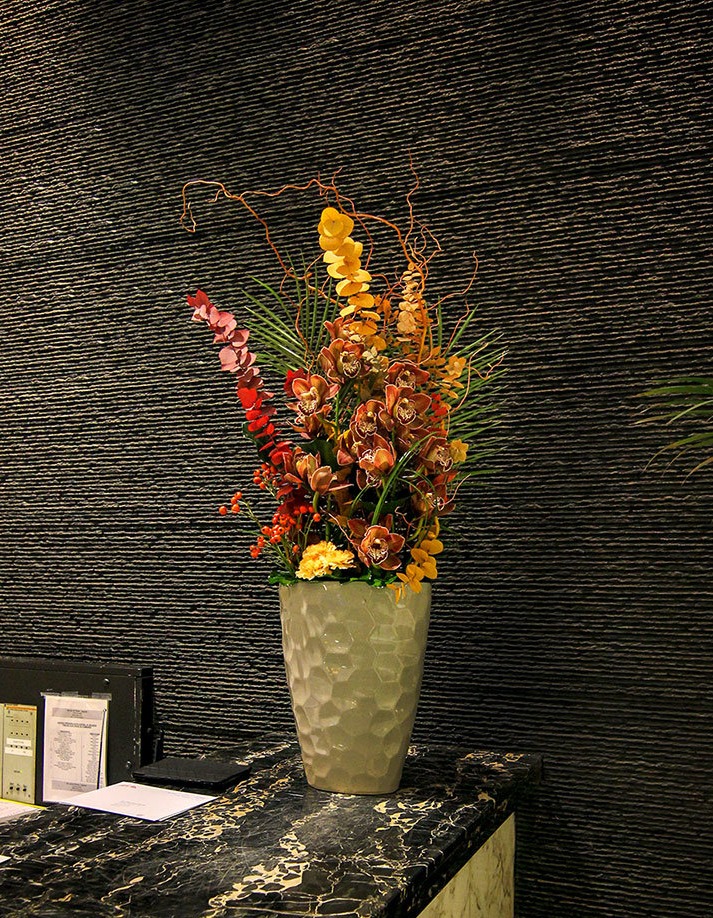Advice and care
Care and durability
Advice and care for your flowers and plants
Taking care of your flowers means prolonging their beauty. Each bouquet is a living, delicate composition that deserves attention and gentleness. All it takes is a few simple gestures...
Your plants have their preferences too. Whether ficus, orchid or cactus, every plant needs the right environment to flourish. Light, watering, repotting: we'll guide you step by step through the specifics of each species. Taking the time to listen to your plants means learning to watch them grow serenely, season after season.
We believe that flowers and plants bring a touch of emotion to everyday life. To support you in this relationship, we share simple, effective tips with you. In store or on our blog, our florists are there to answer your questions and help you make the pleasure of plants last, long after you’ve bought them.

Our advice
Our florists can also come to your home to study your environment and advise you on its layout. See conditions below.
Appropriate watering
Watering is essential for the survival and good health of plants and flowers, as each type of plant has specific water requirements. Over-watering can lead to root rot, while under-watering can cause plants to dry out. For houseplants, it’s advisable to let the potting soil dry slightly on the surface before watering again, to avoid moisture build-up. Cut flowers also need care to prolong their life. Changing the water every 2-3 days, adding a few drops of preservative or vinegar and cutting the stems at an angle will help them absorb water better and delay wilting.
Providing the right amount of light
Light is a key factor in the well-being of plants, as it enables photosynthesis, essential for their growth. Each plant has its own preferences in terms of light. For example, foliage plants such as ferns prefer soft indirect light, while species such as cacti and succulents require direct sunlight to thrive. For plants with uncertain light requirements, we recommend placing them in a bright spot, but without direct sunlight, to avoid leaf burn. Strategic positioning can make the difference between a plant that thrives and one that struggles to survive.
Monitor temperature and humidity
Most houseplants thrive in moderate temperatures, between 18 and 24°C. Too cold a climate can slow their growth, while excessive heat can dry them out. Some tropical plants, such as orchids and ferns, also appreciate a higher level of humidity to simulate their natural environment. Using a mister or placing plants on a tray filled with damp pebbles can help maintain the humidity they need, especially in winter, when heating dries out the ambient air. This attention to climatic conditions optimizes their well-being.
Pay attention to nutrients and fertilization
For plants to remain vigorous and retain lush foliage, a supply of nutrients is essential. During the growing season, which generally runs from spring to summer, a suitable fertilizer (e.g. liquid houseplant fertilizer) can be added every month. Green plants benefit from a nitrogen-rich fertilizer, while flowering plants benefit from phosphorus to stimulate flowering. It’s important to respect the indicated dosages to avoid burning the roots, and to stop fertilizing during the dormant period, in autumn and winter.
Special terms of service: Our florists can visit regular customers of Narmino SARL based at 1 rue Grimaldi in Monaco. This offer is available to customers residing in Monaco only. Offer subject to quotation.